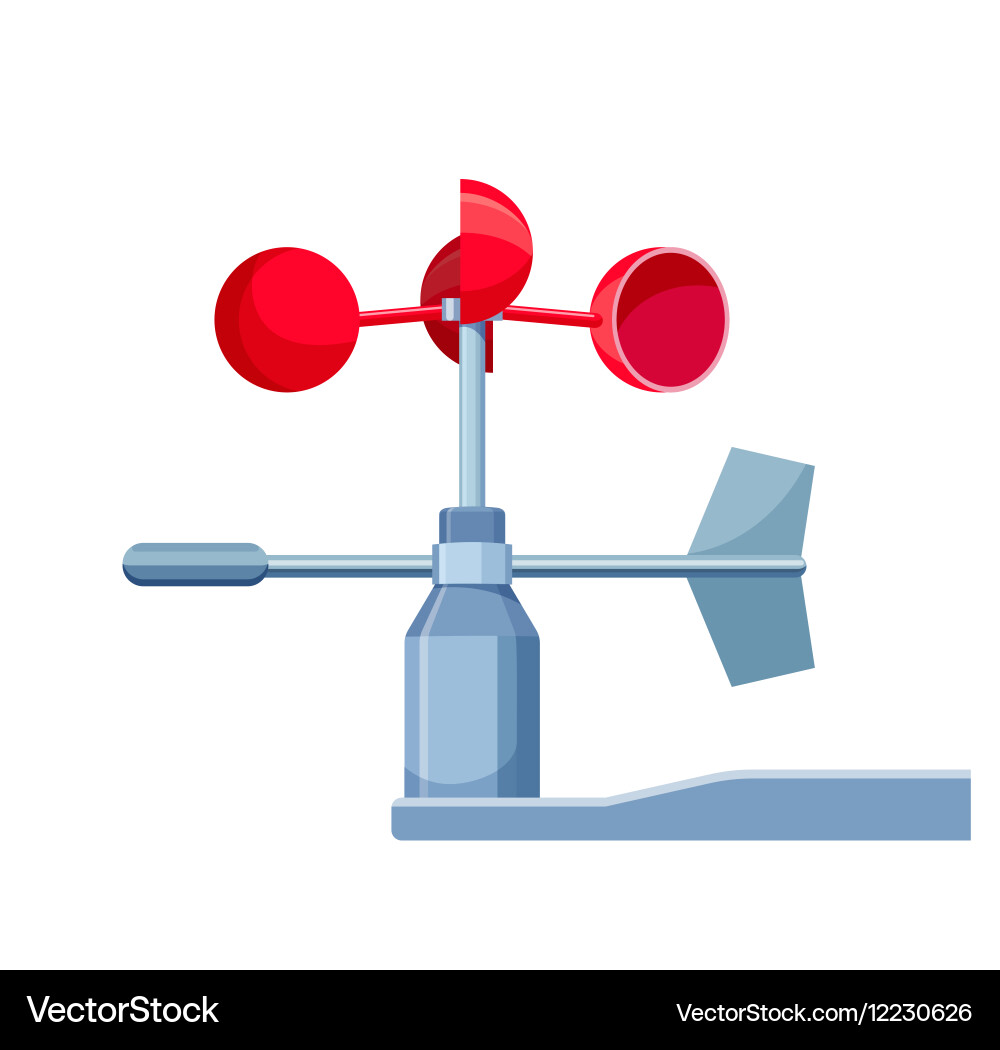Top Functions to Look for in an Efficient Anemometer for Accurate Wind Measurement
Top Functions to Look for in an Efficient Anemometer for Accurate Wind Measurement
Blog Article
All You Required to Learn About Anemometers: Exactly How They Function, Why They Issue, and Where to Make use of Them
Anemometers, however often overlooked in the realm of scientific instruments, play a vital duty in different fields, supplying valuable understandings into wind rate and airflow patterns. Understanding the technicians behind these devices is important for any person looking for to harness the power of this information. From meteorologists tracking weather condition patterns to engineers making frameworks with wind loads in mind, the applications of anemometers are varied and far-reaching. As we dig right into the intricacies of anemometer modern technology, we will discover the inner functions of these tools, their value, and the essential considerations when picking the appropriate anemometer for particular applications.

Anemometer Basics
An essential tool used to gauge wind speed and instructions, the anemometer plays an important role in meteorology and different sectors. An anemometer normally is composed of three or 4 mugs that turn in the wind, a vane that directs into the wind, and sensors to track the motions or turnings.
There are numerous sorts of anemometers offered, including cup anemometers, vane anemometers, hot-wire anemometers, and sonic anemometers, each with its special features and applications. Cup anemometers are typically made use of for standard wind rate dimensions, while vane anemometers are chosen for directional dimensions. Hot-wire anemometers are appropriate for low airspeeds, and sonic anemometers are optimal for high-precision measurements in research and industrial setups. Understanding the fundamentals of anemometers is crucial for exact wind information collection and analysis across various markets.
Concepts of Anemometer Procedure
Building on the fundamental understanding of anemometer essentials, the principles of anemometer procedure elucidate the technicians behind wind rate and direction dimensions. Mug anemometers, for instance, have three or more mugs that catch the wind, causing them to spin quicker as the wind rate rises. Hot-wire anemometers rely on a heated cord that cools down as wind passes over it, with the price of cooling down establishing the wind rate.
Value of Anemometers
The significance of anemometers in weather forecasting and different sectors can not be overstated. Anemometers play a crucial duty in determining wind speed and instructions, providing necessary information for weather forecasting, climate studies, ecological monitoring, and air travel operations. Meteorologists rely upon anemometers to gather exact wind data, aiding them recognize weather patterns, anticipate tornados, and problem timely cautions to the general public. In markets such as building and construction, farming, sustainable power, and maritime procedures, anemometers are used to optimize procedures, make sure safety, and boost effectiveness. Wind farm drivers make use of anemometers to analyze wind problems and take full advantage of electricity manufacturing from wind turbines. In the maritime industry, anemometers aid ship navigating by giving real-time wind info to captains, helping them make informed decisions to make certain secure voyages. In general, anemometers are important tools that contribute substantially to safety, efficiency, and notified decision-making in meteorology and a wide variety of markets.
Applications Throughout Numerous Industries
Applications of anemometers extend across varied industries, showcasing their versatility and energy beyond weather forecasting. In the renewable resource industry, anemometers play a crucial function in analyzing wind problems for wind ranch placements, guaranteeing optimum power production. Industries like building and mining use anemometers to keep track of wind speeds, crucial for safety procedures, especially when working at elevations or in open-pit mines where strong winds can pose dangers. Anemometers are likewise essential in the aeronautics industry, assisting pilots in comprehending airspeed and wind direction for risk-free liftoffs and landings. The maritime field gain from anemometers for ship navigation, aiding sailors expect climate adjustments and change courses appropriately. In farming, anemometers assist farmers in managing plant spraying by offering real-time information on wind speed to stay clear of drift. Anemometers find applications in HVAC systems to maximize air movement and enhance power effectiveness in structures. The varied use instances of anemometers underscore their significance across numerous markets, highlighting their essential function check my source in boosting operational safety and security and performance (anemometer).

Selecting the Right Anemometer for Your Requirements
Selecting the ideal anemometer tailored to your certain demands is essential for getting precise wind speed and direction measurements. When choosing an anemometer, take into consideration variables such as the intended application, needed dimension range, ecological problems, and wanted features. For general functions, a cup anemometer appropriates for gauging wind speed, while a vane anemometer supplies wind direction information. Hot-wire anemometers are perfect for reduced airspeed dimensions, and ultrasonic anemometers provide high accuracy and durability.

Final Thought
In verdict, anemometers play a crucial function in determining wind speed and direction throughout various industries. It is essential to take into consideration the relevance of anemometers in order to make enlightened choices when selecting the most ideal tool for measuring wind conditions.
There are different types of anemometers offered, consisting of cup anemometers, vane anemometers, hot-wire anemometers, and sonic anemometers, each with its distinct functions and applications. Mug anemometers are commonly used for standard wind speed measurements, while vane anemometers are favored for directional measurements. Hot-wire anemometers are ideal for low airspeeds, and sonic anemometers are ideal for high-precision dimensions in research and commercial settings.Building on the fundamental understanding of anemometer essentials, the more helpful hints concepts of anemometer operation clarify the auto mechanics behind wind rate and direction dimensions. For general purposes, a cup anemometer is appropriate for determining wind rate, while a vane anemometer gives wind instructions information.
Report this page